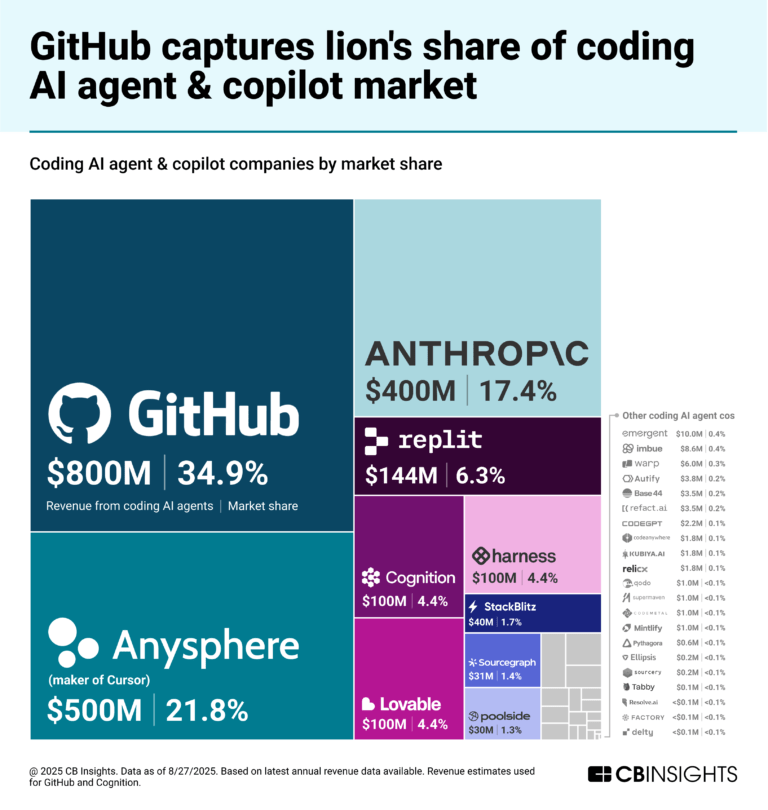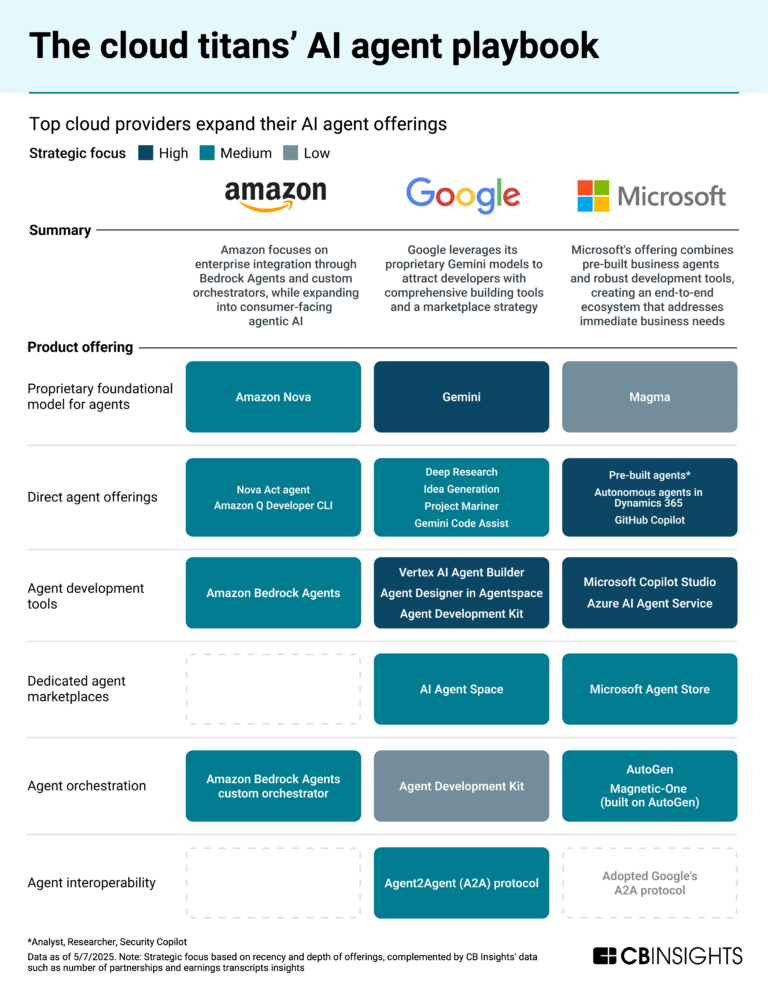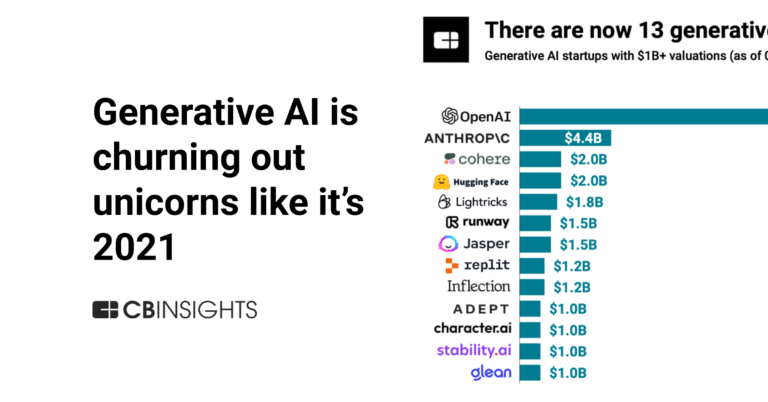
Replit
Founded Year
2016Stage
Series C | AliveTotal Raised
$477.61MValuation
$0000Last Raised
$250M | 2 mos agoRevenue
$0000Mosaic Score The Mosaic Score is an algorithm that measures the overall financial health and market potential of private companies.
+116 points in the past 30 days
About Replit
Replit focuses on application development within the software industry. It provides a platform for building web applications, games, chatbots, and other types of software, using AI to assist with coding and design. Replit serves a range of roles including product managers, designers, software engineers, and founders, across sectors such as technology startups, enterprise solutions, and individual developers. Replit was formerly known as Neoreason. It was founded in 2016 and is based in San Mateo, California.
Loading...
Replit's Products & Differentiators
Agent
A software creation agent that generates full-stack applications end-to-end.
Loading...
Research containing Replit
Get data-driven expert analysis from the CB Insights Intelligence Unit.
CB Insights Intelligence Analysts have mentioned Replit in 10 CB Insights research briefs, most recently on Sep 2, 2025.
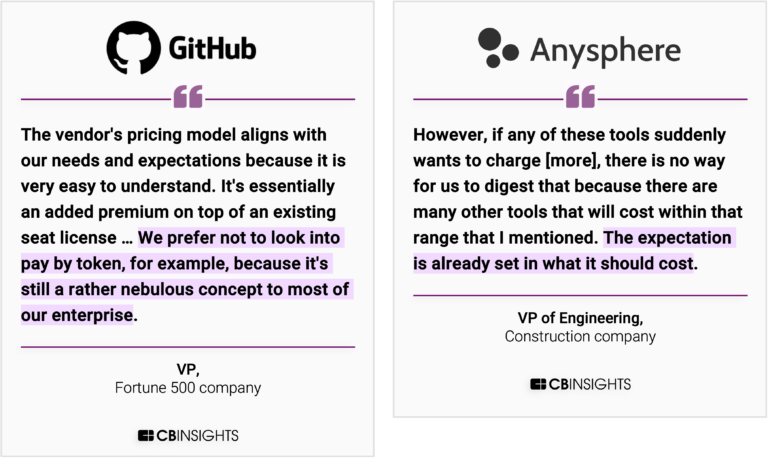
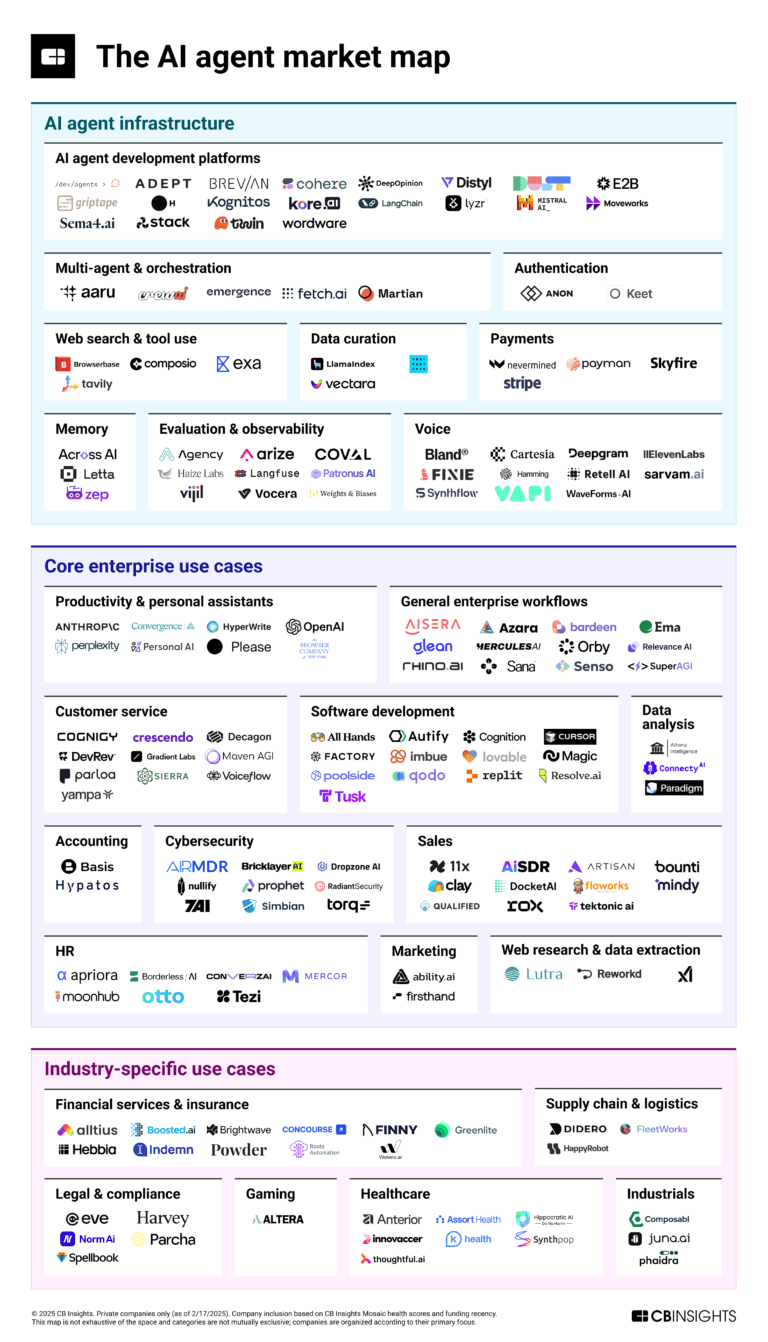
Mar 6, 2025
The AI agent market map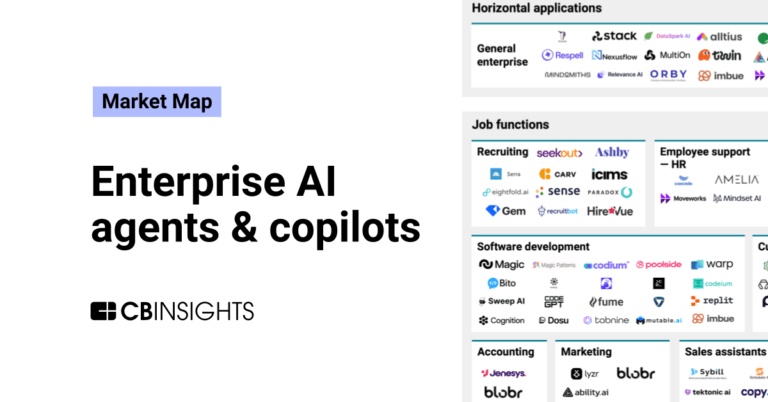
Aug 7, 2024
The enterprise AI agents & copilots market map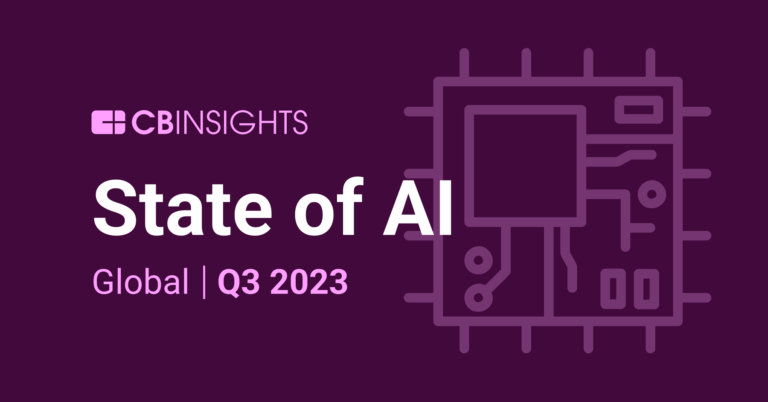
Nov 15, 2023 report
State of AI Q3’23 Report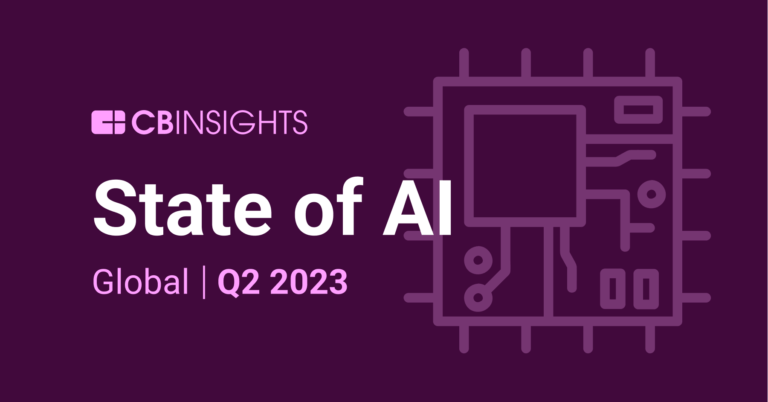
Aug 16, 2023 report
State of AI Q2’23 ReportExpert Collections containing Replit
Expert Collections are analyst-curated lists that highlight the companies you need to know in the most important technology spaces.
Replit is included in 8 Expert Collections, including Unicorns- Billion Dollar Startups.
Unicorns- Billion Dollar Startups
1,287 items
Work From Home Startups
91 items
Track startups and capture company information and workflow.
AI 100 (All Winners 2018-2025)
100 items
Generative AI 50
50 items
CB Insights' list of the 50 most promising private generative AI companies across the globe.
Generative AI
2,841 items
Companies working on generative AI applications and infrastructure.
Artificial Intelligence
10,402 items
Replit Patents
Replit has filed 6 patents.
The 3 most popular patent topics include:
- artificial intelligence
- bbch-scale
- integrated development environments

Application Date | Grant Date | Title | Related Topics | Status |
|---|---|---|---|---|
3/7/2023 | 11/12/2024 | Natural language processing, Software design patterns, Programming paradigms, Integrated development environments, Artificial intelligence | Grant |
Application Date | 3/7/2023 |
|---|---|
Grant Date | 11/12/2024 |
Title | |
Related Topics | Natural language processing, Software design patterns, Programming paradigms, Integrated development environments, Artificial intelligence |
Status | Grant |
Latest Replit News
Sep 16, 2025
16 September 2025 With vibe coding, virtually anyone can create functional software code using natural language prompts - or can they? ) When you purchase through links on our site, we may earn an affiliate commission. Here’s how it works . (Image credit: Pixabay) In the world of software development, improving efficiency without compromising code quality is the goal. Generative AI is the latest developer tool used to improve software and shorten time-to-market for new features. Both experienced and novice coders can now increase productivity using GenAI platforms to write new programs using natural language queries, a new approach called vibe coding. With vibe coding, virtually anyone can create functional software code using natural language prompts. Vibe coding speeds software development, automating the creation of new applications that can be tested and refined. You may like Jeff Kuo Founder, Ragic. Less experienced developers are using vibe coding to shorten development time, but that can lead to other problems. For example, AI-generated code may overlook security concerns, integration issues, or performance bottlenecks. It takes an experienced programmer to provide the technical context needed to create robust software using AI coding. Novice programmers can use AI to write software, but they will leave gaps because they don’t know what they don’t know. Experience Is Required To illustrate, consider the recent Tea app hack. Tea Dating Advice was launched in 2023 as a women-only site to give members access to background checks on men they date. Are you a pro? Subscribe to our newsletter Sign up to the TechRadar Pro newsletter to get all the top news, opinion, features and guidance your business needs to succeed! Contact me with news and offers from other Future brands Receive email from us on behalf of our trusted partners or sponsors By submitting your information you agree to the Terms & Conditions and Privacy Policy and are aged 16 or over. In a data breach, a hacker accessed 72,000 images stored in an archived data system, including 13,000 photos used for IDs and 59,000 user-submitted images. The data breach was the result of archiving the images in a misconfigured Firebase storage bucket. AI coding models are security-aware in the right context. Instructing an AI coding system to store images in a public Firebase data repository is not inherently wrong and may be a reasonable choice for scale and performance. When the developer instructs a vibe coding platform that the data is sensitive and subject to privacy laws, the AI may recommend a more secure solution. You may like The Evolution of Vibe Coding Andrej Karpathy coined the term "vibe coding" in early 2025 to describe how AI can be used to write software. The idea is that, rather than coding line by line, vibe coding creates, refines, and debugs the application, freeing developers for more strategic tasks. There are two ways to apply vibe coding: Pure vibe coding: Some developers rely solely on AI as an exploratory form of application development , enabling rapid ideation and experimentation. AI-assisted coding: AI can also serve as a collaborator. The developer guides the AI to write the code, then reviews and tests it to understand how the code functions. New AI-powered code generators like Replit, Claude, and Cursor have hit the market to aid developers. These code generators are built on large language models (LLMs) for coding and trained using massive amounts of code. Developers simply describe what they want to do, and the code generator creates an application to be refined and tested. Vibe coding is fostering a new type of development culture where you code first and refine later. However, vibe coding still needs the human in the loop to provide creativity and out-of-the-box thinking. The Limitations of Vibe Coding While AI coding can be a great productivity tool , it still has limitations, even in the hands of seasoned programmers. Some of the real-world shortcomings include: Inability to deal with technical complexity: Like all AI, vibe coding engines draw from existing data, which works well with standard frameworks. Sophisticated applications may have requirements that are unique or complex. Poor debugging: AI-generated code can be hard to test and debug since it's dynamic and lacks architectural structure. Code quality and performance: Vibe coding is great for prototyping and testing, but AI-generated code still needs to be optimized and maintained. For example, vibe coding can be problematic for distributed applications that use a structured level architecture and sophisticated optimization strategies. Maintenance challenges: Vibe coding threatens to add to technical debt. All software requires regular maintenance. To maintain AI-generated code, programmers must understand its structure and underlying logic. With vibe coding, it’s difficult to know what’s going on under the hood. Security issues: Apps written using AI may leave vulnerabilities. Security issues can go undetected if the code isn't carefully reviewed. Applying Vibe Coding in Practice Despite these limitations, vibe coding offers several advantages, such as fast prototyping using natural language instructions. This problem-first approach is a departure from conventional coding, allowing developers to focus on functionality rather than the tech stack. Vibe coding can also reduce risk while maximizing impact. Businesses can experiment with ideas and gather feedback with minimal investment. Once new concepts have been validated using vibe coding, additional resources can be committed for commercial development. And vibe coding increases productivity. Now developers can apply multimodal programming, combining voice, visual, and text to create new apps. AI is driving new trends such as voice-driven and visual programming interfaces that are more intuitive and increase flexibility. Just because vibe coding simplifies software development, is it responsible to release code no one truly understands? Competitive pressure and the desire to shorten time to market encourage shortcuts. It’s tempting to deploy AI-written software without a human in the loop to apply proper analysis and debugging, which increases security risks and undermines software maintenance. The easier it is to write new applications, the more code is created. The sheer volume of code can become an issue, especially in maintaining a knowledge base. Widespread adoption of vibe coding may also have lasting consequences for education and coding skills. Alternative Development Strategies When you take a step back, you realize that vibe coding is just another means of abstracting machine code – something developers have done since the birth of software. There are other ways to gain the same efficiencies without sacrificing control over the code. No-code platforms are appealing to businesses looking to develop complex applications with little developer expertise. No-code makes it easy to visualize workflows, assembling proven code modules to deliver the desired functionality. While no-code tools lack the total freedom of vibe coding, they put developers in control, allowing them to create using tested building blocks, shortening development time without sacrificing code quality. Applications built using no-code solutions offer agility and flexibility and are generally easier to maintain. They also eliminate technical debt, relying on the no-code provider to take responsibility for machine functions. No-code users can create applications, adapt workflows, and add functions without writing a single line of code. App development is evolving, and businesses can weigh the pros and cons of vibe coding versus no-code solutions. Vibe coding relies on AI, which means all the limitations that go with it, such as failing to ask the right questions or incomplete responses. No-code solutions offer more control and are built on the work of experienced developers, albeit with limitations of functionality and scalability. No matter how you choose to approach application development, it pays to have experienced developers behind the wheel. This article was produced as part of TechRadarPro's Expert Insights channel where we feature the best and brightest minds in the technology industry today. The views expressed here are those of the author and are not necessarily those of TechRadarPro or Future plc. If you are interested in contributing find out more here: https://www.techradar.com/news/submit-your-story-to-techradar-pro TOPICS
Replit Frequently Asked Questions (FAQ)
When was Replit founded?
Replit was founded in 2016.
Where is Replit's headquarters?
Replit's headquarters is located at 1001 East Hillsdale Boulevard, San Mateo.
What is Replit's latest funding round?
Replit's latest funding round is Series C.
How much did Replit raise?
Replit raised a total of $477.61M.
Who are the investors of Replit?
Investors of Replit include Y Combinator, Andreessen Horowitz, Paul Graham, Craft Ventures, Coatue and 37 more.
Who are Replit's competitors?
Competitors of Replit include Lovable, Windsurf, Anysphere, Tabnine, aiXcoder and 7 more.
What products does Replit offer?
Replit's products include Agent and 4 more.
Loading...
Compare Replit to Competitors

Tabnine focuses on artificial intelligence (AI). It offers an AI assistant that provides code completion capabilities, aiming to increase efficiency in software development by automating routine coding tasks. The primary customers of Tabnine are developers and software development companies. The company was founded in 2017 and is based in Tel Aviv, Israel.

Lovable is a technology company that develops AI-powered software and no-code platforms. Their offerings include tools for creating applications and websites through a chat interface, serving individual and enterprise needs. The company focuses on the tech industry, primarily targeting developers and businesses. It was founded in 2023 and is based in Dover, Delaware.

Anysphere is an applied research lab focused on automating coding within the software development industry. The company develops tools to create a hybrid engineer—combining human and artificial intelligence—to enhance programming efficiency. Anysphere primarily serves the software engineering sector, offering solutions that integrate machine learning and systems design. It was founded in 2022 and is based in San Francisco, California.

Augment Code develops an artificial intelligence platform that has a coding agent providing code context and suggestions, along with integration with development tools. It was founded in 2022 and is based in Palo Alto, California.
aiXcoder specializes in software development tools within the technology sector. Its main offering is a virtual programming expert that enhances programmers' efficiency by predicting coding intentions and automatically completing code snippets. aiXcoder primarily serves the software development industry by providing tools that facilitate code generation, completion, and intelligent code search to support developers' productivity and code quality. It was founded in 2018 and is based in Beijing, China.

CodeComplete focuses on providing artificial intelligence (AI)-powered development tools. Its main service includes an AI coding assistant for enterprises, designed to improve the end-to-end developer workflow by incorporating the company's libraries and coding patterns while ensuring data security and privacy. The company primarily serves the enterprise software industry. It was founded in 2022 and is based in San Francisco, California.
Loading...

